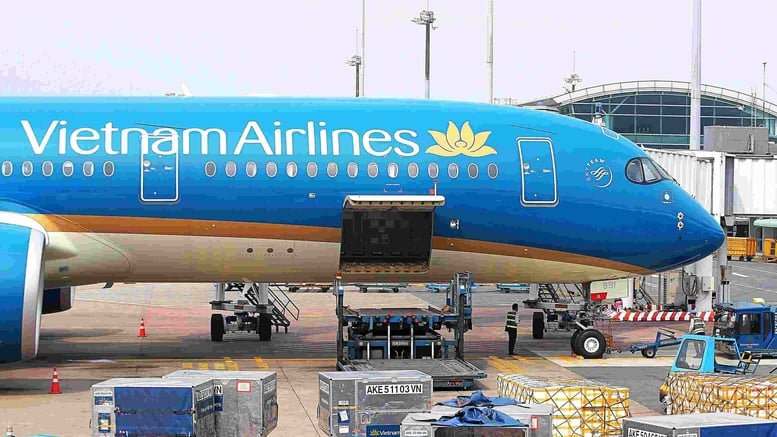
State-owned enterprises are playing a leading role in many essential sectors of the economy such as: energy, transport infrastructure, logistics, telecommunications, finance - banking...
Promoting existing advantages, focusing on core businesses
According to Minister of Finance Nguyen Van Thang, SOEs are playing a leading role in many essential sectors of the economy such as: energy, transport infrastructure, logistics, telecommunications, finance - banking... By the end of 2023, the whole country has 671 SOEs and 142 enterprises with state capital, with total assets reaching 4.19 million billion VND, equity of nearly 2 million billion VND, pre-tax profit of nearly 243 thousand billion VND.
Although the growth rate of assets and investment is not high, the efficiency of capital use and budget contribution from state-owned enterprises is outstanding.
Dr. Nguyen Duc Kien, former Head of the Prime Minister 's Economic Advisory Group, pointed out: "Over the past three years, while the FDI sector has tended to have negative growth, SOEs have achieved much higher growth in revenue, profit and budget contribution. Capital has not increased much, but capital use efficiency has increased - that is a positive point that needs to be recognized correctly."
However, according to Mr. Kien, to effectively utilize this resource, it is important to reform state enterprise governance, bringing modern governance to state-owned enterprises, instead of just looking at capital scale or asset growth rate.
Mr. Trinh Xuan An, Standing Member of the National Assembly's Defense and Security Committee, also agreed that, with only about 700 SOEs but contributing up to 30% of GDP, there needs to be a specific mechanism and clear classification to focus on developing core enterprises such as Vietnam Airlines, Viettel, VNPT...
"It is impossible to 'level' all SOEs equally. Pillar enterprises need special mechanisms regarding capital, charter, and autonomy, because each time charter capital is adjusted, it is a complicated and slow process," Mr. Trinh Xuan An acknowledged. At the same time, he also emphasized the concept of needing to form "fully autonomous state enterprises" - units that can operate flexibly according to market mechanisms, have competitive capacity and still carry out political and social missions.

Vietnam Airlines is a typical example of a multi-tasking state-owned enterprise model – operating effectively commercially while also carrying out political, diplomatic, and defense tasks during special times such as epidemics or natural disasters.
Vietnam Airlines – National Corporation and the Role of Public-Private Connection
Among state-owned enterprises, Vietnam Airlines is a typical example of a multi-tasking state-owned enterprise model – operating effectively commercially while also carrying out political, diplomatic, and defense tasks during special times such as epidemics or natural disasters.
With a synchronous air transport ecosystem, modern fleet and extensive flight network, Vietnam Airlines not only plays a backbone role in the national transport system but also contributes to promoting tourism, logistics and international connectivity.
According to Dr. Nguyen Duc Kien, to increase competitiveness and sustainable development, it is necessary to promote ecosystem linkages between state-owned enterprises in the aviation sector, and to solve the problem of cooperation between enterprises in the same field to create a national spearhead, a strong aviation group that can compete in the region and the world.
Mr. Trinh Xuan An also pointed out a very important new point about the public-private relationship in this field: "The notion that the state does what the private sector cannot do is outdated. Currently, state-owned and private enterprises can completely cooperate in the same direction to develop together. In the aviation industry, the parallel existence and development between Vietnam Airlines and private airlines is clear proof of that."
The relationship between state-owned enterprises and private enterprises should no longer be "competitive" but should be "complementary and synergistic". This is especially true in the aviation sector, which requires large investments, synchronous connections and flexible operations to meet the needs of socio-economic development and national security and defense.
For SOEs like Vietnam Airlines to be able to "join hands" effectively with the private sector, they need to be given sufficient autonomy and have overlapping institutional and legal barriers removed.
"We have 'cleared' the law with the Law on Capital Management, the Law on Investment, the Law on Bidding... But to be 'open', we need to continue to remove overlaps and conflicts between the laws. Otherwise, it will be difficult for businesses to fully exploit their potential," Mr. An acknowledged.
In addition, economic experts all agree that positive figures and practical experience from core SOEs such as Vietnam Airlines show that this sector is still the mainstay of the economy. However, for SOEs to truly play a leading role in fundamental industries, a new vision in policy is needed: not "leveling", but selecting and investing with focus and key points.
In addition, the cooperation between the public and private sectors – as the lesson from the aviation industry – shows a new direction: state-owned enterprises and private enterprises can absolutely join hands to develop together, instead of competing head-to-head. With appropriate policies, flexible mechanisms and consensus between competent authorities and the business community, state-owned enterprises can absolutely be the "locomotive" to take Vietnam further in the process of industrialization, modernization and international integration.
Phan Trang
Source: https://baochinhphu.vn/doanh-nghiep-nha-nuoc-trong-yeu-dau-tau-phat-trien-cong-nghiep-nen-tang-quoc-gia-102251021130853184.htm





![[Photo] Prime Minister Pham Minh Chinh meets with Speaker of the Hungarian National Assembly Kover Laszlo](https://vphoto.vietnam.vn/thumb/1200x675/vietnam/resource/IMAGE/2025/10/20/1760970413415_dsc-8111-jpg.webp)
![[Photo] Prime Minister Pham Minh Chinh received Mr. Yamamoto Ichita, Governor of Gunma Province (Japan)](https://vphoto.vietnam.vn/thumb/1200x675/vietnam/resource/IMAGE/2025/10/21/1761032833411_dsc-8867-jpg.webp)
![[Photo] Da Nang residents "hunt for photos" of big waves at the mouth of the Han River](https://vphoto.vietnam.vn/thumb/1200x675/vietnam/resource/IMAGE/2025/10/21/1761043632309_ndo_br_11-jpg.webp)




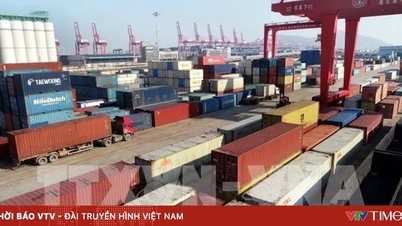

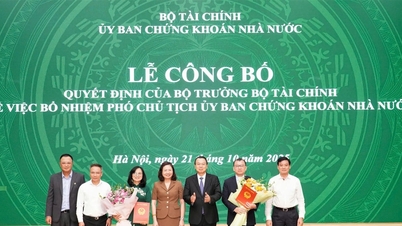






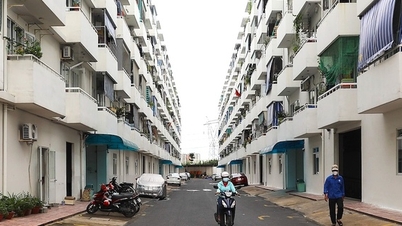
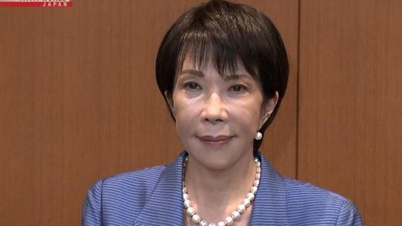

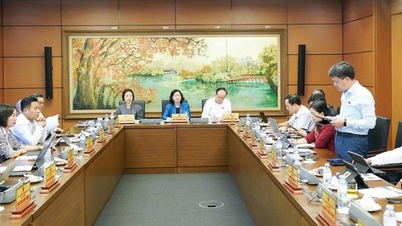

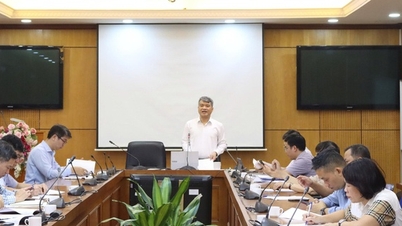








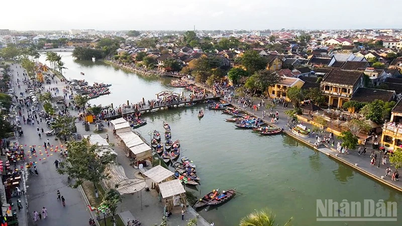






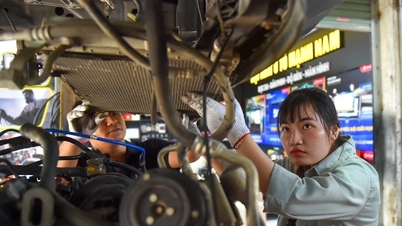








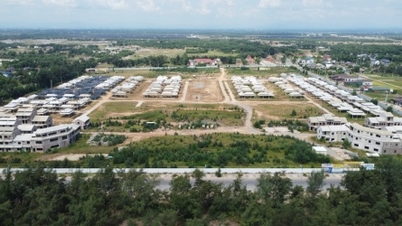











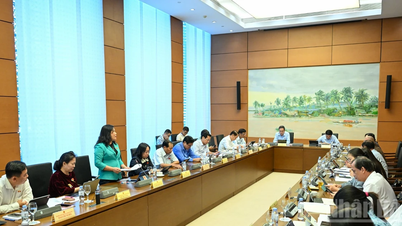
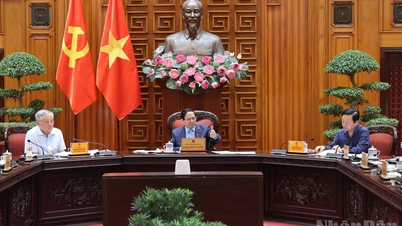
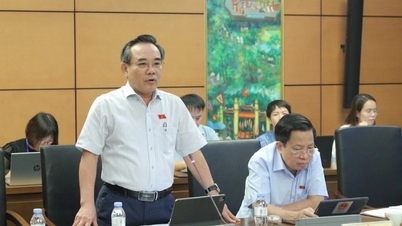
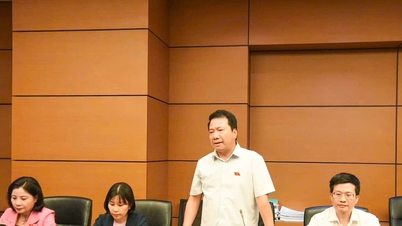
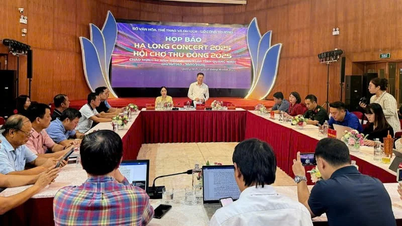



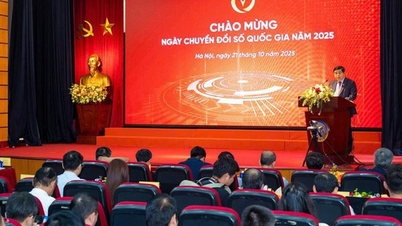


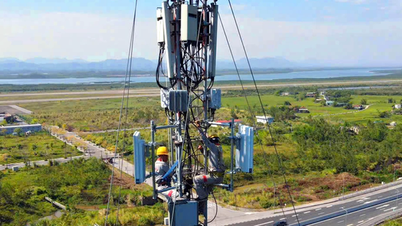
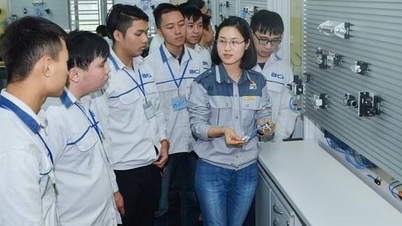


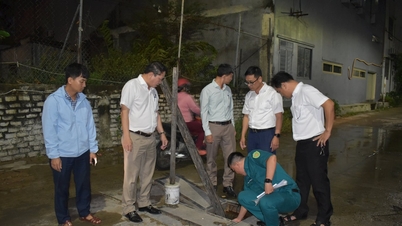

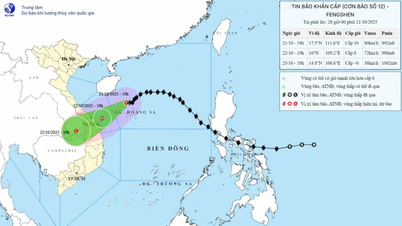

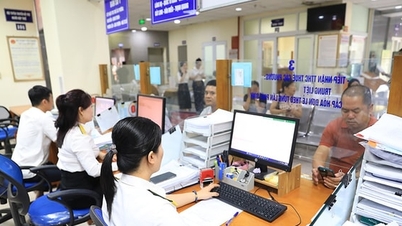



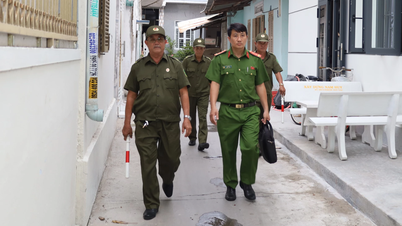













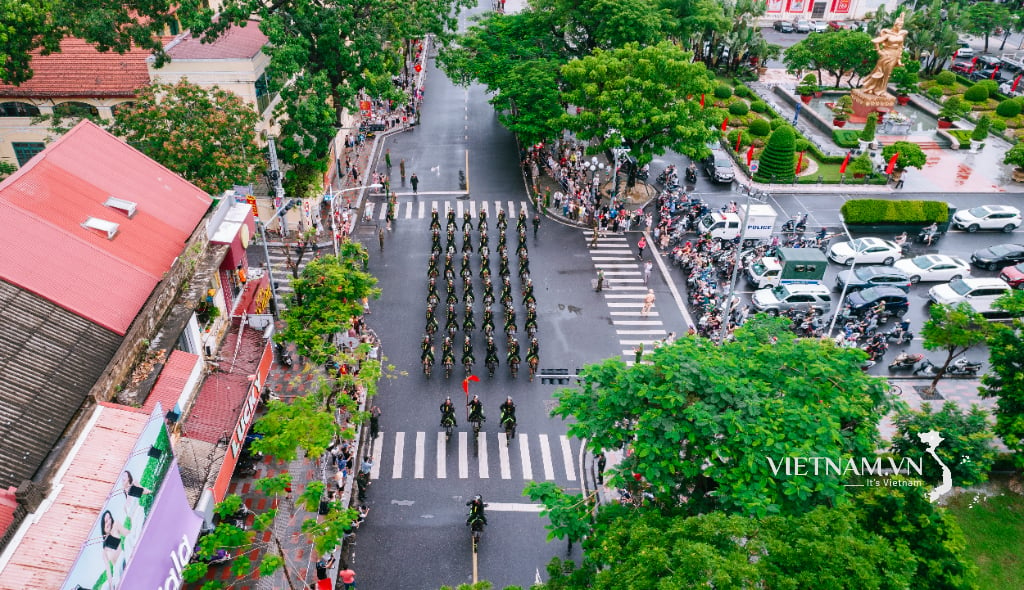
Comment (0)